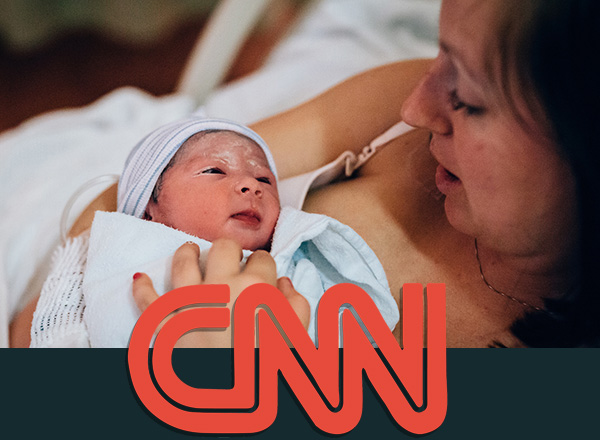Blastocyst Stage Transfer
During the IVF process, embryos go through a series of cell divisions. On the second day they are at the 2-4 cell stage, on the third day between 6 and 8 cells, etc.
Embryo Transfer on Day 5
The Day 5 blastocyst transfer aims at three objectives:
-
The monitoring of embryos in the lab and the selection of the healthiest and better morphologically developed embryos for transfer. Speaking of healthy embryos, since the blastocyst stage is the most advanced stage of development, this means that only genetically healthy embryos that can be implanted arrive at this stage.
-
Besides the ability to select healthy embryos for embryo transfer, monitoring embryos in the laboratory gives us information about their chances to reach this stage.
-
When embryos are transferred on Day 5 they are better synchronized with the endometrium since the implantation occurs on the 6th and 7th days of the cycle, closer to the natural process of reproduction.
The Blastocyst Day 5 technique itself seems to have many advantages over the conventional IVF process (embryo transfer on the 2nd or 3rd day), however, there are some points that deserve special attention:
-
A prerequisite for blastocysts is the young age of patients (less than 38 years), the relatively high number of follicles developed during stimulation (more than 10) and the good quality of embryos on day 3 of development in the laboratory (more than 3 embryos of good quality at the stage of 8 cells).
-
A small percentage of embryos (30-40%) reach blastocyst stage. The remaining embryos stop their development and degenerate.
-
This means there is a risk in 20-30% of cases that embryos do not make it to embryo transfer because of their inability to develop to this stage, especially if the conditions above have not been carefully met. A thorough selection decreases the rate at 7%.
On the other hand, if there are two blastocysts of good quality for embryo transfer:
-
There is an increase in pregnancy rate (60-70% depending on the assisted reproduction center).
-
There is a significant increase in implantation rate per embryo transfer (40-50.5%).
- The rate of multiple pregnancies is reduced since only 2 good quality blastocysts are transplanted through IVF.
-
Reduction of missed abortions
-
Preimplantation diagnostic possibility, if necessary
In addition to the above, some points regarding the blastocyst technique are under discussion among scholars:
-
Prolonged cultivation of embryos at laboratory
-
Composition of the culture media used, but also questions about whether success rates do increase with this technique or if the overall rate is actually comparable to conventional IVF.
It is therefore clear that the timing of embryo transfer (Day 2, 3 or 5-6) and all the other steps of IVF (hormonal stimulation, fertilization method, etc.) must be identified and decided on the basis of the Code of Ethics in the interests of the infertile couple.
Anything else you need to know about blastocyst transfer?

